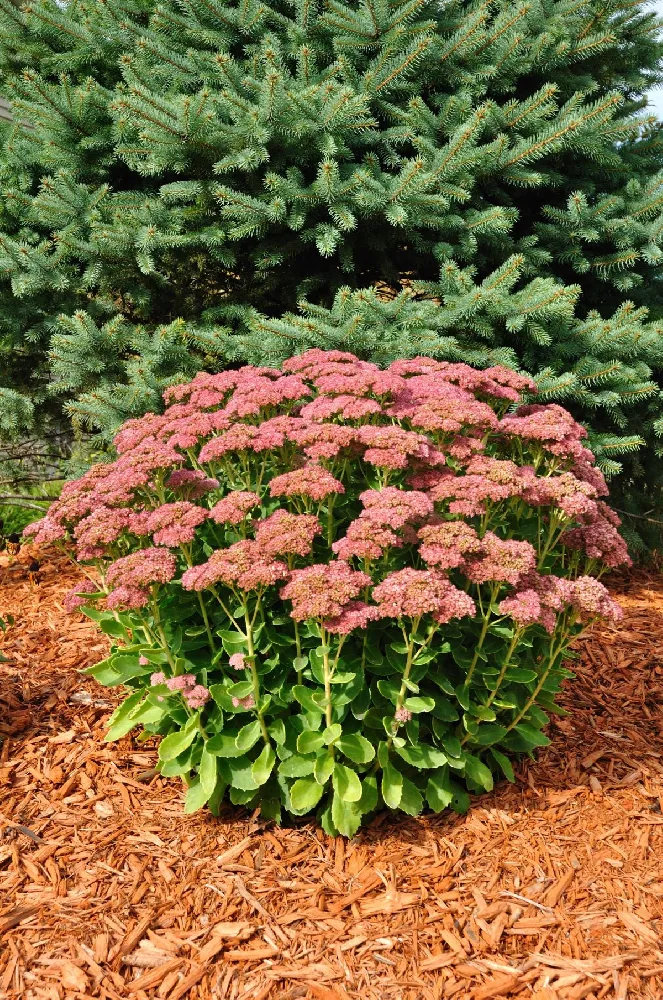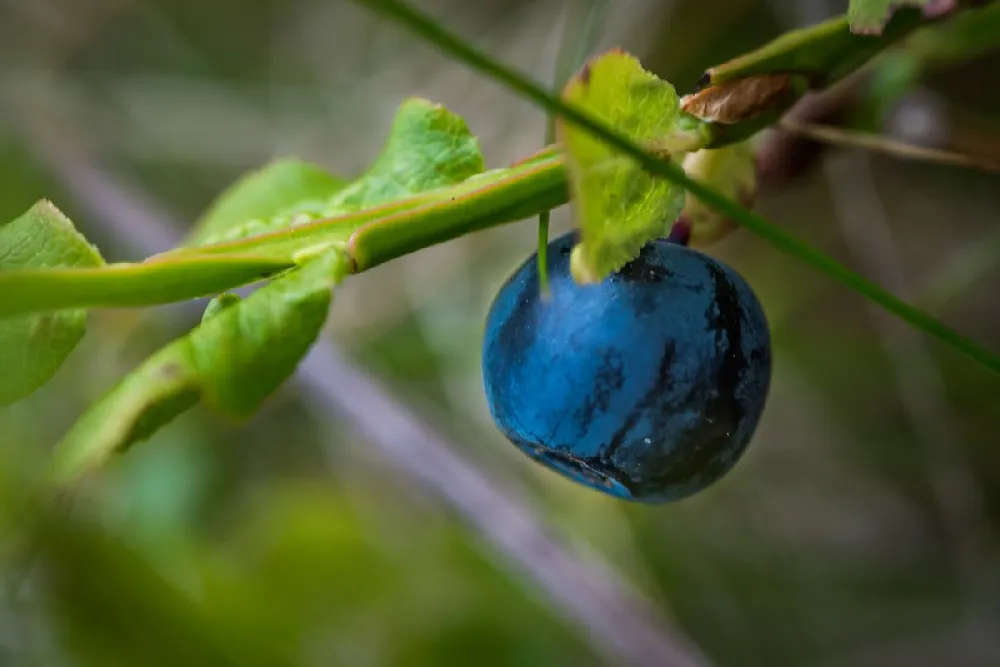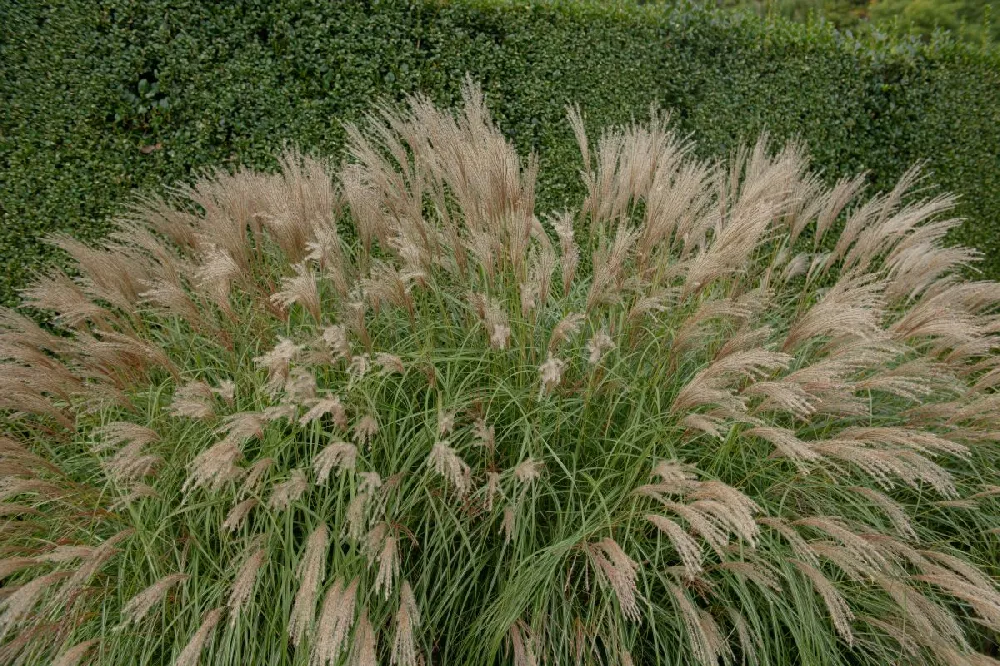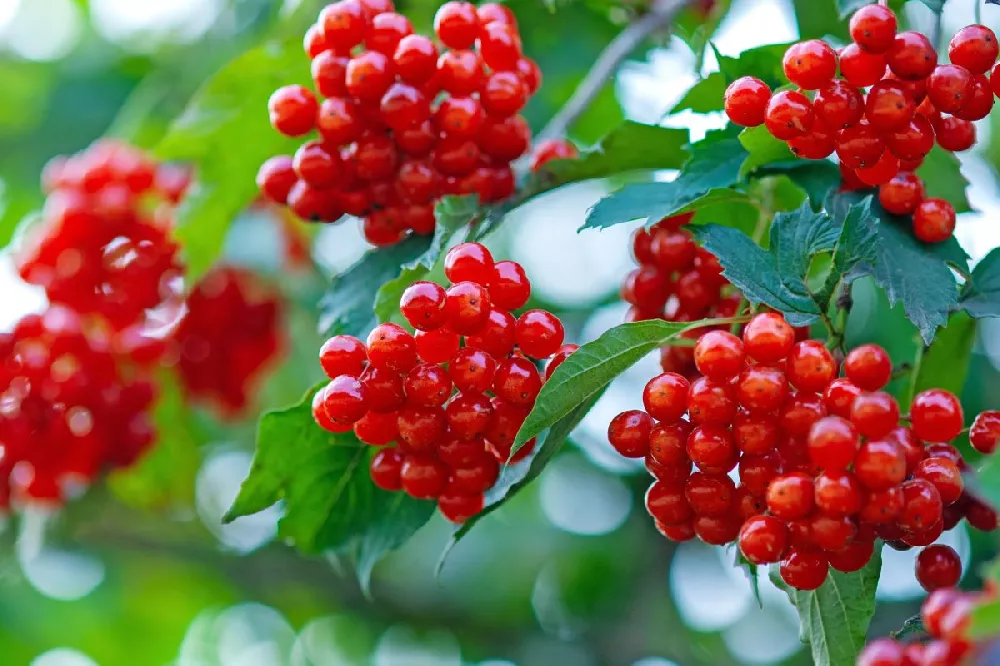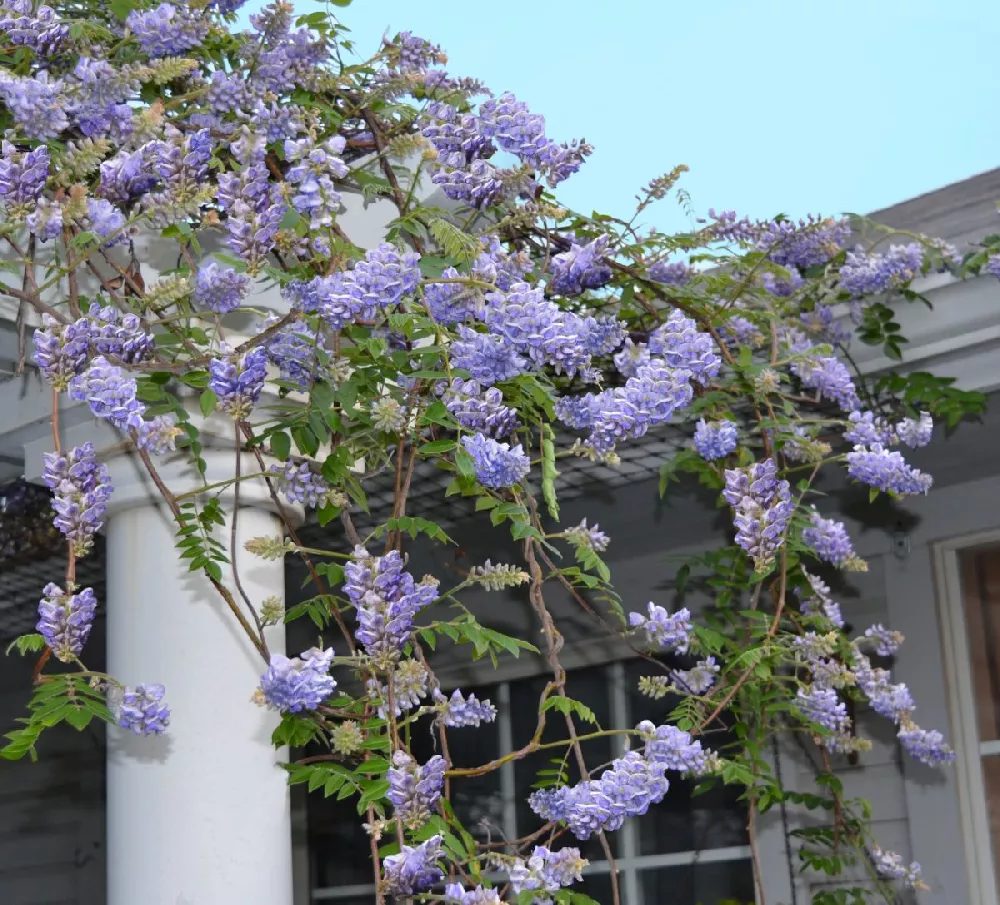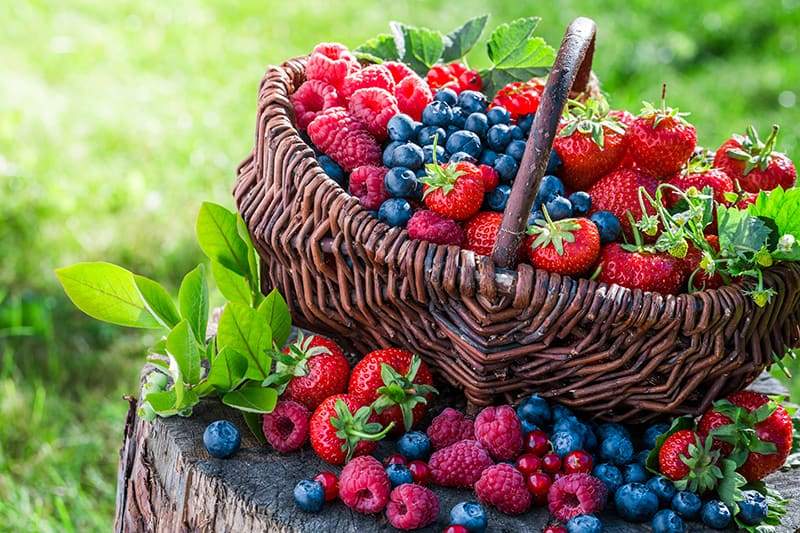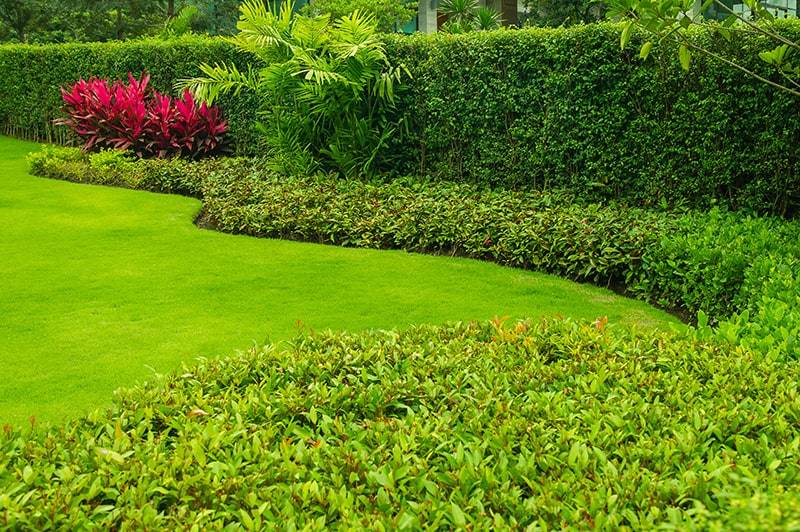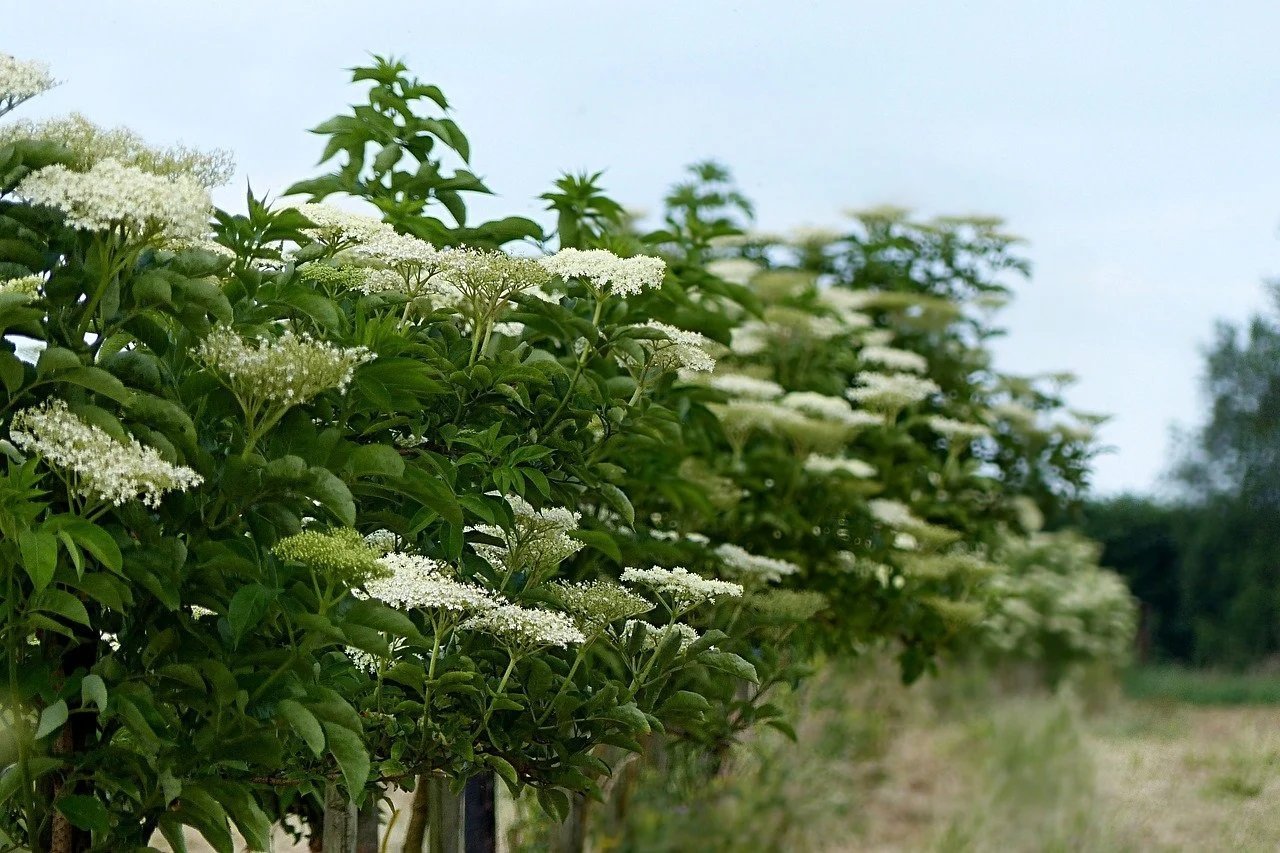- Home >
- Shrubs and Bushes
Shrubs and Bushes for Sale - Buying & Growing Guide
Filters
Price Range
Growing Zones
Plant Type
Flower Color
Sunlight
Mature Height
Plant Characteristics
431 Results
-
Growing Zone(s): 6-8$56.95
$68.95Save up to 17% -
Growing Zone(s): 4-11$42.95
-
Growing Zone(s): 3-8$57.95
$104.95Save up to 44% -
Growing Zone(s): 4-10$55.95
$62.95Save up to 11% -
Growing Zone(s): 8-11$81.95
$134.95Save up to 39% -
Growing Zone(s): 7-9$64.95
$134.95Save up to 51% -
Growing Zone(s): 7-11$28.95
-
Growing Zone(s): 6-8$89.95
$129.95Save up to 30% -
Growing Zone(s): 5-9$33.95
$38.95Save up to 12% -
Growing Zone(s): 5-9$72.95
$114.95Save up to 36% -
Growing Zone(s): 2-7$73.95
$81.95Save up to 9% -
Growing Zone(s): 5-9$36.95
$62.95Save up to 41%
Shrubs and Bushes Buying & Growing Guide
Adding shrubs and bushes to your landscape is one of the best ways to add spatial definition to your favorite garden spaces. These plants do more than serve the functional design role. They present plenty of variety when it comes to texture, color, and overall growth habits.
Types of Shrubs and Bushes
| Type | Growing Zones | Mature Height | Harvest Season | Sun | Features |
| Red chokeberry, Aronia arbutifolia | 4-9 | 6-8 feet | August and later | Full sun to part shade:
4-8 hours |
Light pink flowers give way to glossy red fruits |
| Witchhazel, Hamamelis virginiana | 5-8 | 15-25 feet | None | Full sun to part shade: 4-6 hours | Spider-like flowers that bloom long into the cold months |
| Forsythia, Forsythia x intermedia | 5-8 | 8-10 feet | None | Full sun: 6-8 hours | Bright yellow, early spring flower, fast-growing |
| Camellia, Camellia japonica | 8-10 | 6-12 feet | None | Shade to part shade: 2-5 hours | Large rose-like flowers, and glossy leaves |
| English yew, Taxus baccata | 6-7 | 30-60 feet | None | Full sun to part shade: 4-8 hours | Soft but dense needles and prominent red berries |
| Japanese pieris, Pieris japonica | 4-8 | 10-14 feet | None | Full sun: 6-8 hours | Rounded broadleaf evergreen tree with dangling white flowers |
| American arborvitae, Thuja occidentalis | 2-7 | 20-40 feet | None | Full sun to part shade: 4-8 hours | Reliable foliage year-round and excellent cold hardiness |
| Buttonbush, Cephalanthus occidentalis | 5-9 | 5-12 feet | None | Full sun to part shade: 4-8 hours | Spherical white flowers with a fuzzy texture |
| Panicle hydrangea, Hydrangea paniculata | 3-8 | 8-15 feet | None | Full sun to part shade: 4-8 hours | Large flower clusters and fast growth rate |
| St. John’s wort, Hypericum calycinum | 5-9 | 1-2 feet | None | Full sun to part shade: 4-8 hours | Small shrub with bright yellow star-shaped flowers |
How to Plant Shrubs and Bushes
The best way to ensure your shrubs and bushes survive and thrive in your garden is to give them the ideal planting location. Find an area with rich organic matter in the soil and good drainage. You’ll want an area with suitable sunlight for the species you are planting.
After meeting those basic conditions, dig a planting hole double the width of your plant’s root ball. The depth should be just a bit shorter than the height of the root ball. Place the shrub or bush in that hole and make sure it is straight before you backfill. Following planting, be sure to prune and water your new plant.
How to Grow Shrubs and Bushes
- When. Plant your shrubs and bushes in the fall or the early spring. While you can plant during summer, doing so will require more follow-up plant maintenance.
- Where. The best location for a shrub is one that meets the unique needs of that species. You’ll want to give enough space between your shrubs and nearby structures by anticipating the spread of your shrub or bush.
- How. Dig a suitable planting hole, then loosen the soil at the edges of the hole and the root ball. Backfill with nutrient-rich soil and water regularly during the first season of growth.
How to Care for Shrubs and Bushes
- Watering. Shrubs and bushes will need the most water just after you plant them. Once established, watering needs will be specific to the variety of shrubs you have.
- Nutrients. Each shrub and bush will have a different preference for soil nutrients. Study the species you have, then apply a fertilizer mix appropriate for that plant.
- Pruning. When pruning shrubs and bushes, remove all branches that are dead, broken, diseased, or crossing another branch. Doing so encourages proper airflow through the foliage and healthy overall growth.
- Pollination. Shrubs and bushes come in many forms and multiple means of pollination. You can expect flowering shrubs to rely on pollination species, while coniferous shrubs often use wind pollination.
- Harvesting. Many bushes hold edible fruits, while others are strictly ornamental. Review the fruiting characteristics of the plant you have and harvest any edible parts accordingly.

